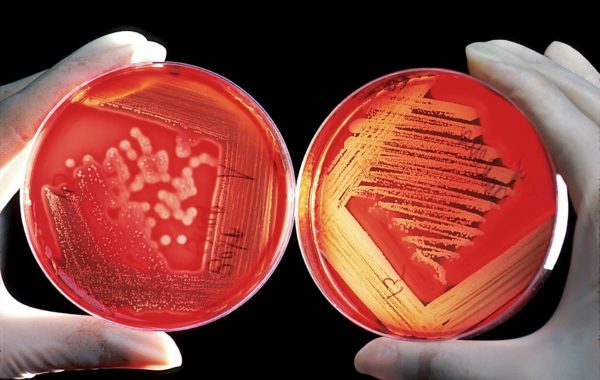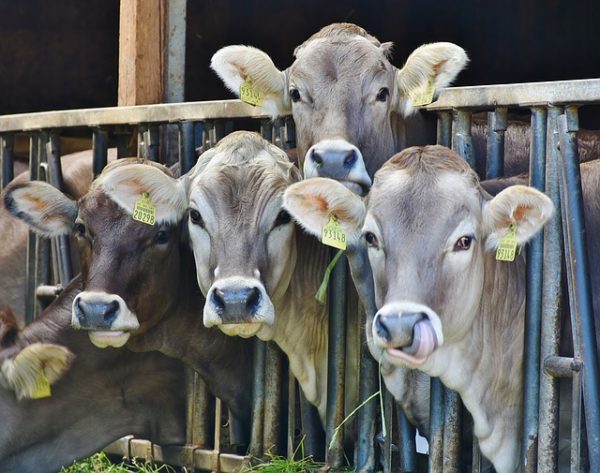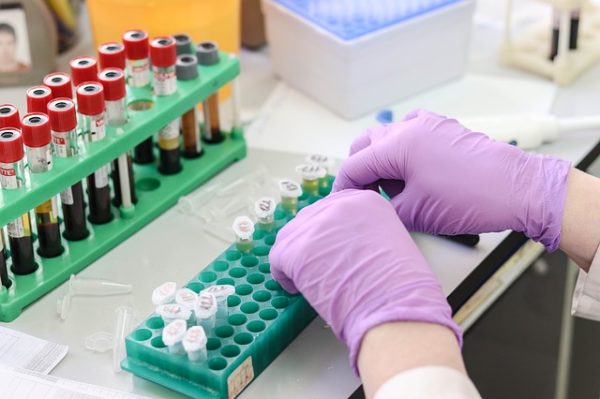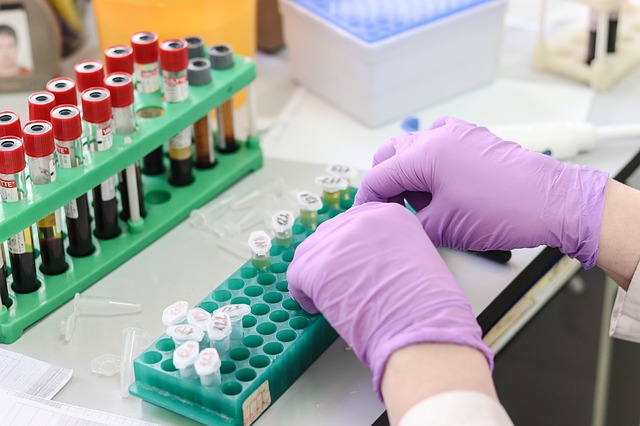What is Cultured Meat?
Cellular agriculture, whose products are known as cultured or lab-grown meat, builds up muscle tissue from a handful of cells taken from an animal. These cells are then nurtured on a scaffold in a bioreactor and fed with a special nutrient broth (Firth, 2019).
Meat, Cultured Meat, and Environmental Sustainability…
Climate change is the most serious problem facing the world today. (Penn, 2018) Currently, the production of livestock uses 33% of the earth’s arable land and 70% of agricultural land; it is responsible for land erosion, water contamination, abundant resource use, and also accounts for 18% of all greenhouse gas (GHG) emissions, including some of the most potent and heat-trapping. Cultured meat is an environmentally sustainable alternative to livestock production; meat grown in a lab requires 99% less land, 90% less water, and 45% less energy than traditionally-raised livestock (Penn, 2018; Firth, 2019).

Humanitarian and Health Concerns…
The current livestock production model is unsustainable; using traditional practices to provide meat protein to the world’s exponentially expanding population is not possible. A substantial decrease in livestock production would lead to a corresponding decrease in land and water usage. This land could be used for agricultural production for human consumption or reversion back to forest or wetlands. Acres used for agriculture could be sustainably farmed, feeding the world’s growing population; reforested areas would act as a carbon sink and would eliminate emissions previously produced by that same land, further offsetting GHG emissions. And once cultured meat is scaled to an economically sustainable level, one in which the production costs and profit can be covered by the market value, cultured meat can be expanded into developing nations (Penn, 2018).
As far as human health is concerned, cultured meat provides solutions to ongoing problems plaguing traditional livestock production. The use of preventative antibiotics in conventional agriculture is a contributing factor in an ever-increasing number of antibiotic resistant bacteria, some of which are dangerous to humans; because cultured meat is grown in a bacteria-free environment, it does not require the use of antibiotics. Also, hormones used to stimulate a cost-effective rate of growth in conventional farming, that are potentially dangerous to human health, are unnecessary in cultured meat; with cultured meat, growing only the portions that humans eat means that a cost-effective rate of growth is not necessary (Penn, 2018).

Challenges…
The latest reviews have put the emissions of lab-grown meat at several times that of chicken and far above any plant-based alternative, in particular due to the large energy inputs needed during production (Carrington, Damian). There is also uncertainty surrounding how much better for you cultured meat would be than real meat. Another major problem is that the product requires fetal bovine serum (FBS), which is harvested from fetuses taken from pregnant cows during slaughter. This is an obvious problem for a product that is supposedly cruelty-free and it is also prohibitively expensive.
The cellular agriculture industry will need to find ways to use less FBS or eliminate its use completely, in order to make cultured meat economically viable (Firth, 2019). Environmental, humanitarian, and human health concerns aside, the three important issues determining whether people will be inclined to make the switch to cultured meat are price, taste, and the concept of cultured meat itself. Currently, the first small strip of lab-grown steak is $50 and its creators say it’s close to real meat and it tastes good, but we have a bit more work to make sure the taste is 100% similar to conventional meat (Carrington, Damian). For some, even if cultured meat costs the same and tastes the same, the thought of meat being created in a lab, might be too much to swallow.

Possible Implications for Meat Manufacturers…
Regardless of where meat comes from, the potential risks of cross-contamination in a manufacturing facility cannot be completely eradicated, nor avoided. And consequently, it can be reasoned that since initial microbial loads are expected to be far lower than the existing ones today, this would allow for lower performance standards (e.g., poultry products requiring only a 5 log reduction in Salmonella spp., as opposed to the current 7 log reduction).
However, we should keep in mind that more than just a few food-borne illness cases usually occur in the post-lethality stages of processing. Last but not least, we should remind ourselves that bacteria have been around far longer than humans, so biologically speaking, we can also expect them to adapt in new and unexpected ways to whatever changes we impose on their environment.
